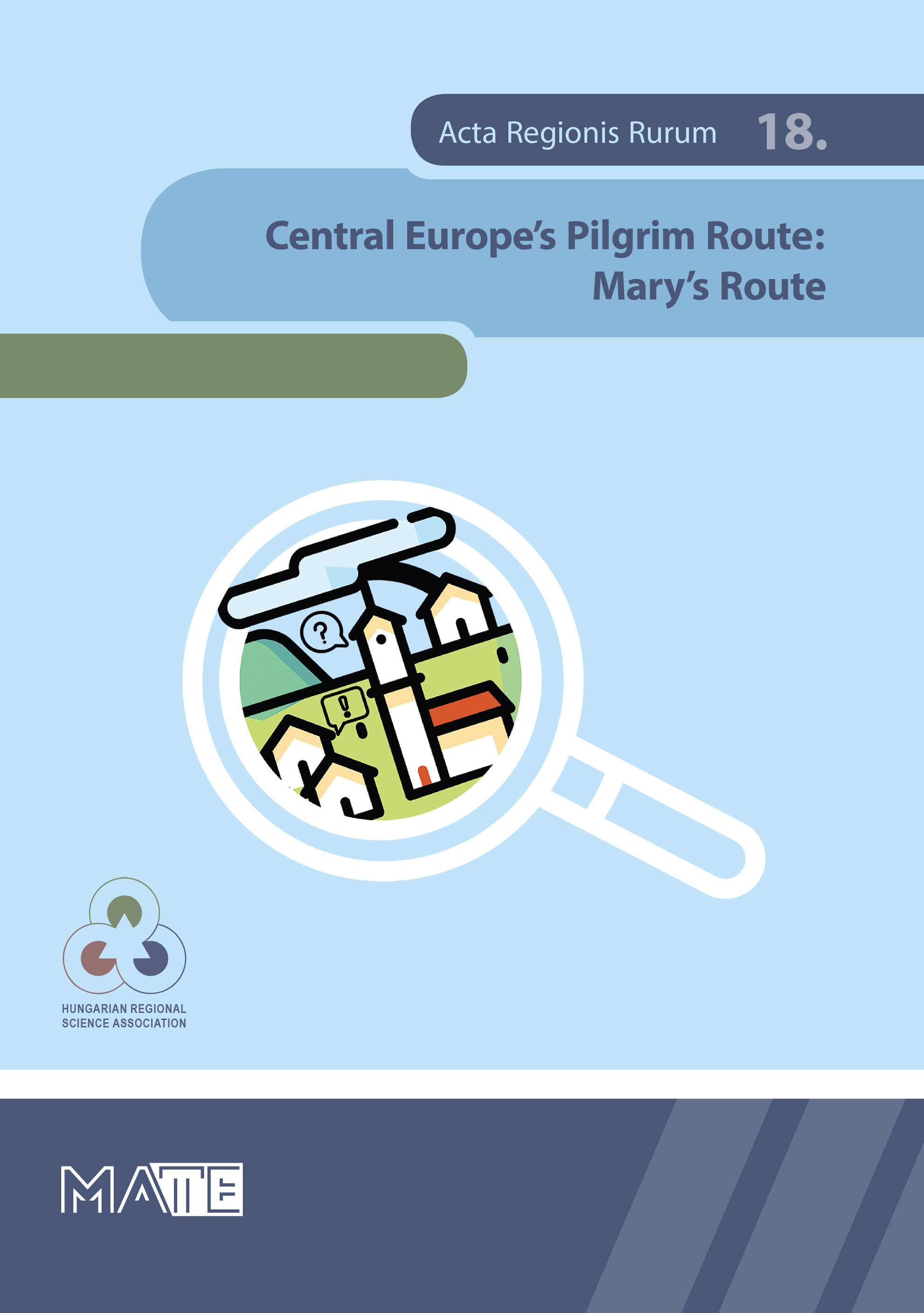Sport and Spiritual Life – Insights From Survey Research in the Mária Maraton Project
DOI:
https://doi.org/10.21408/arr.5894Absztrakt
In Hungary, the Mária Maraton is an almost decade-long project. However, like many other community activities, it was non-operational during the COVID pandemic. This study aims to present pilgrimage tourism, primarily from the perspective of its participants. The investigation is facilitated by a comprehensive survey conducted by the Mária Út Association and its partners, who sought new tools to promote pilgrimage and Mary’s Route. The survey examined two target groups. First, it focused on those engaged in community and/or personal development as their main occupation or as volunteers. Second, a questionnaire was administered to a target group interested in the topic, through whose opinions we can learn about their general views on the significance of pilgrimages and whether sports, which can appeal to both believers and non-believers, could be a new tool for promoting pilgrimages and sacred sites.
Hivatkozások
Adler, R. (1989): Origins of sightseeing. Annals of Tourism Research 16, 7-29
Mártonné M.K. – Simonyi N. (2018): A magyarországi zarándokutak turisztikai kapcsolódásai és üzemeltetési modelljei Turizmus Bulletin XVIII. évfolyam 2. szám (2018) pp.64-56
Raffay Á. – Lőrincz K. – Clarke, A. (2013): Spirituális és üzleti értékek találkozása a vallási turizmusban. Turizmus Bulletin. 15(2). pp. 34-42.
Rinschede, G. (1992): Forms of religious tourism, Annal of Tourism Research 19, pp. 51-67
Schlehe, J. (1999): Tourism to holy sites. International Institute for Asian Studies Newsletter. 19:8.
Sharpley, R. (1994): Tourism, Tourists and Society. Cambridge: ELM Publications
Smith, V.L. (1992): Introduction: The quest in guest. Annals of Tourism Research 19, 1-17
Stanciulescu, G. C. – Tirca, A.M. (2010): Implications of commercial activity within monastic settlements as a way to maintain the sustainable development of religious tourism in Romania. Commerce Contribution to Sustainable Development Amfiteatru Economic. XII (27). pp. 129–144
Szente K. (2010): Miért jó egy zarándokút önkormányzati szempontból? In: Filepné Kovács K. (szerk): A Mária út hálózat és kialakítása. Budapesti Corvinus Egyetem, Tájtervezési és Területfejlesztési Tanszék, Budapest. pp. 89-94.
Thurley, S. – Wood, S. (2010): Caring for Places of Worship. English Heritage, London.
Vukonic, B. (1998): Religious tourism; economic value or an empty box? Zagreb International Review of Economics and Business. 1(1). pp. 83–94.
Other sources:
http://mariamaraton.mariaut.hu/cikk/32182/Szakmai_kiadvany (download date: May 5, 2024)
Interview:
Kápolnai Zsombor (Mary’s Route executive director) May-July 2024
Dr. Zsófia Galgócziné Szabó, Mary’s Route Coordinator, July 2024
Letöltések
Megjelent
Folyóirat szám
Rovat
License
Copyright (c) 2024 Melinda Nagy-Molnár, Tünde Bogárdi (Szerző)

This work is licensed under a Creative Commons Attribution-NonCommercial-NoDerivatives 4.0 International License.


